Voles, also known as meadow mice or field mice, can be one of the biggest troublemakers in the garden. But you can manage these rodents without pesticides!
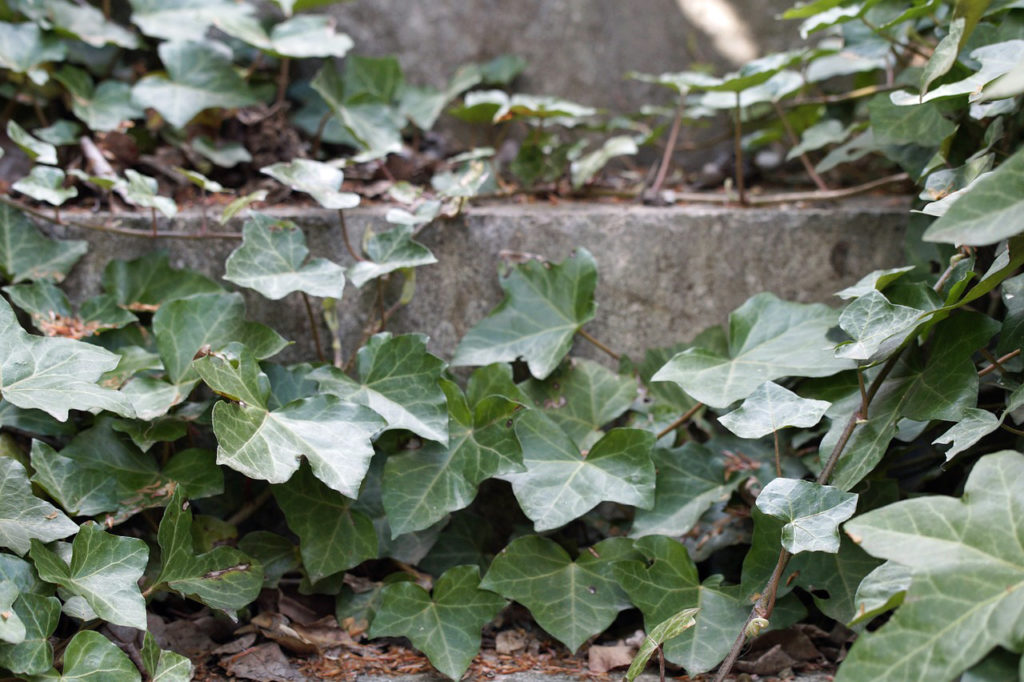
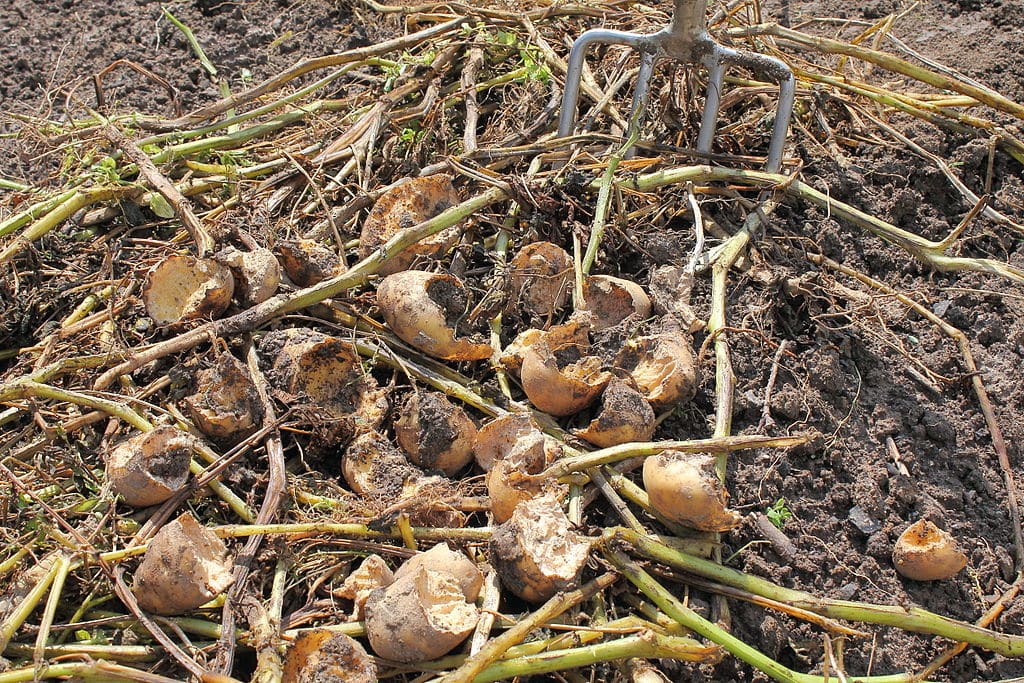
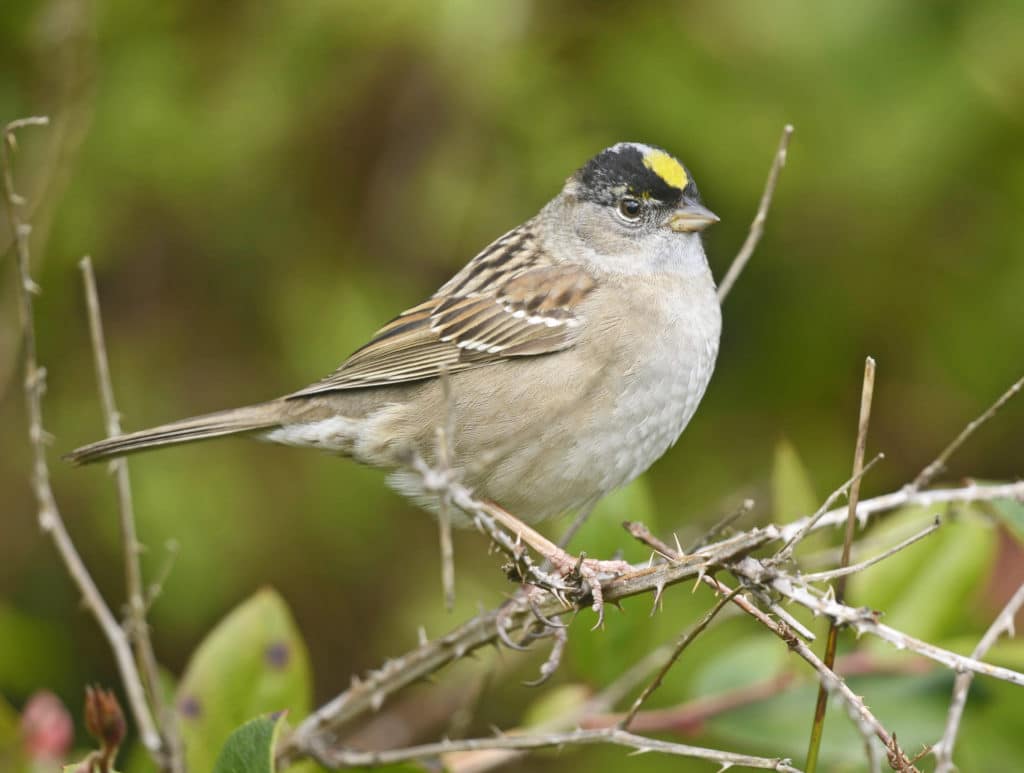
Prevent Vole Problems
Prevention is always best. Here are tips for keeping voles away:
Help their natural predators.
- Remove ivy and other dense ground covers.
- Keep your lawn mowed.
- Prune or eliminate shrubs that provide dense cover (e.g. juniper).
- Clear weeds and other vegetation in a 3-4 ft radius around trees.
- Don’t use landscape fabric (sometimes installed as a weed barrier).
- Don’t mulch too deeply. While 3 inches provides optimal weed prevention, if you have voles you will want to limit your mulch to 1 inch deep. Replacing mulch with crushed stone can also help.
Voles are vegetarians. Here are ways to prevent vole damage to plants and trees:
- Voles can ruin your bulb garden – and you may not realize it until the flowers fail to appear in spring. To prevent this, you can:
- Plant varieties that they don’t like to eat. It may be effective to “hide” bulbs that they find tasty by surrounding them with less favored varieties.
- Incorporate sharp edged shells or gravel in the dirt surrounding your bulbs.
- Plant your bulbs in a protective cage made of ¼” hardware cloth (despite the name, this is made of tight weave wire). Purchase at hardware stores and some gardening stores.
- Voles can kill trees by nibbling at their bark. This is called “girdling” and this video shows an example.
- Protect trees by installing guards around the trunk (protects from rabbit damage too). This video shows two types of guards.
- Be sure to bury your guard 6” deep into the ground or the voles will simply tunnel underneath.
- Have a vegetable garden? A physical barrier of ¼” hardware cloth will help to keep voles out. This video shows how to install it.
Think twice before having a bird feeder.
- Fallen seeds attract voles and other rodents.
- You can welcome just as many birds by planting the right trees and plants! Native plants are highly recommended and here are other tips for attracting birds to your yard.
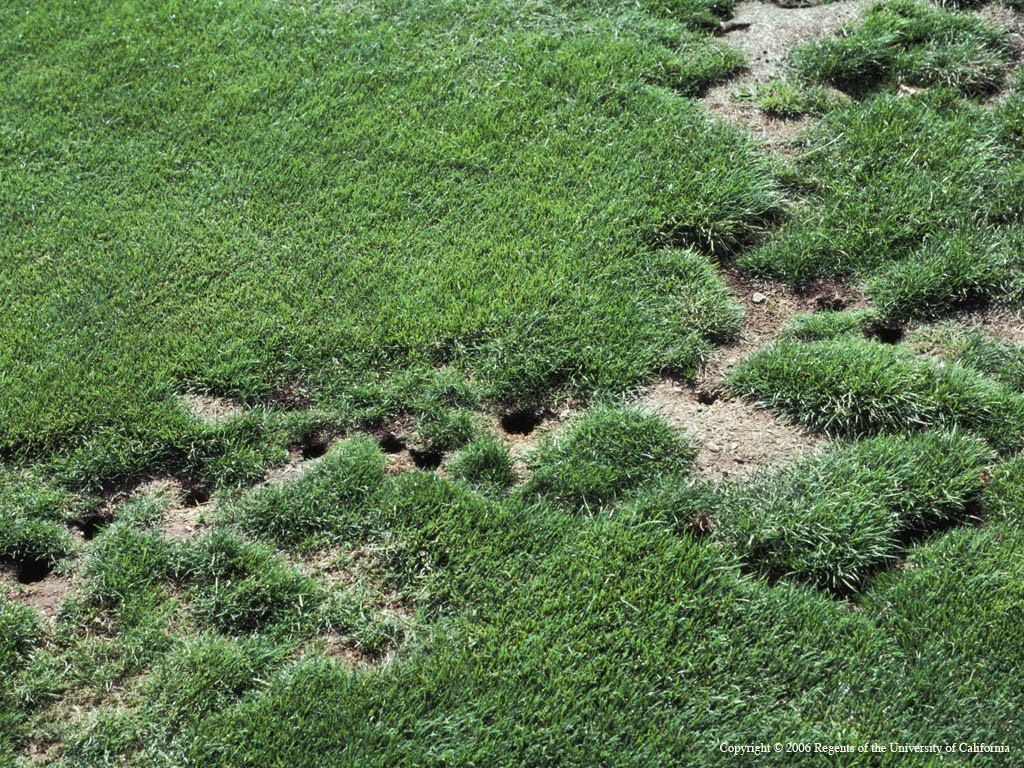
Signs of a Vole Problem
You might never see them because they hide in their burrows and under dense cover. Instead, look for signs like:
- Holes that look like they were created by the end of a broom stick, shallow tunnels, or, trails in the lawn
- Piles of green grass clippings in the runway to their tunnels
- Piles of droppings (green if fresh, brown or gray as they age)
- Damage to tree bark near the ground
- Fruits and vegetables disappearing from the garden
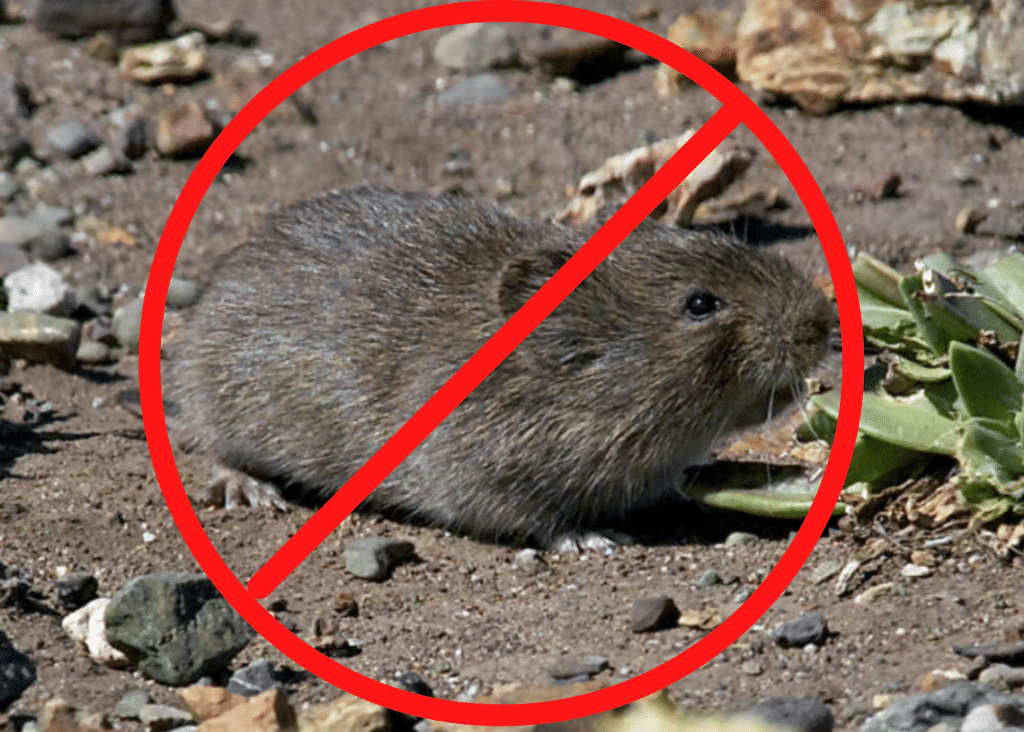
Dangers of Voles
Thankfully, voles rarely come inside the house. (If they do, follow our recommendations for managing mice in the home.) However, they can cause significant damage in your garden. Voles can:
- Damage or kill your lawn, plants, bulbs, and trees
- Eat your garden crops
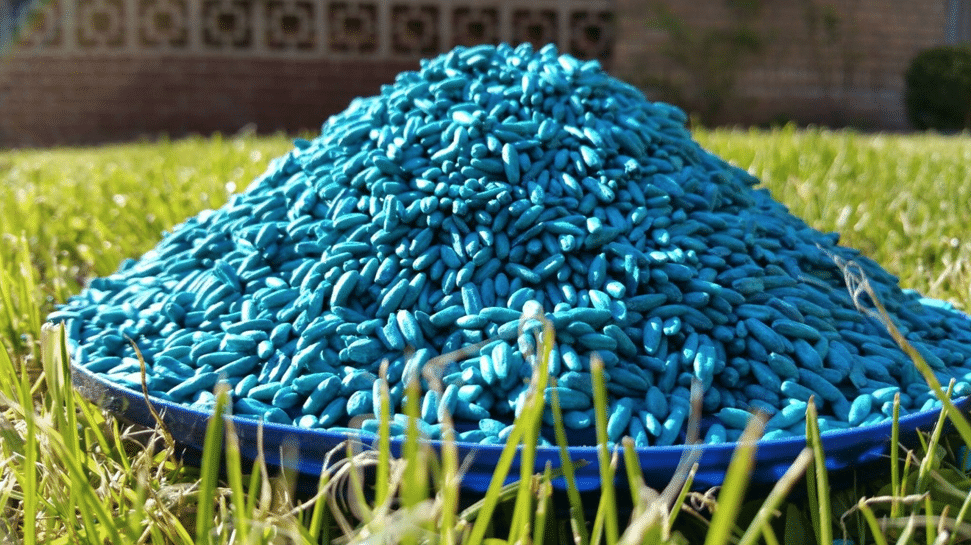
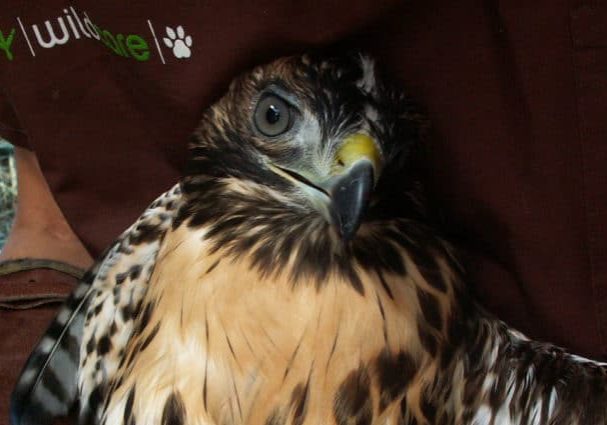
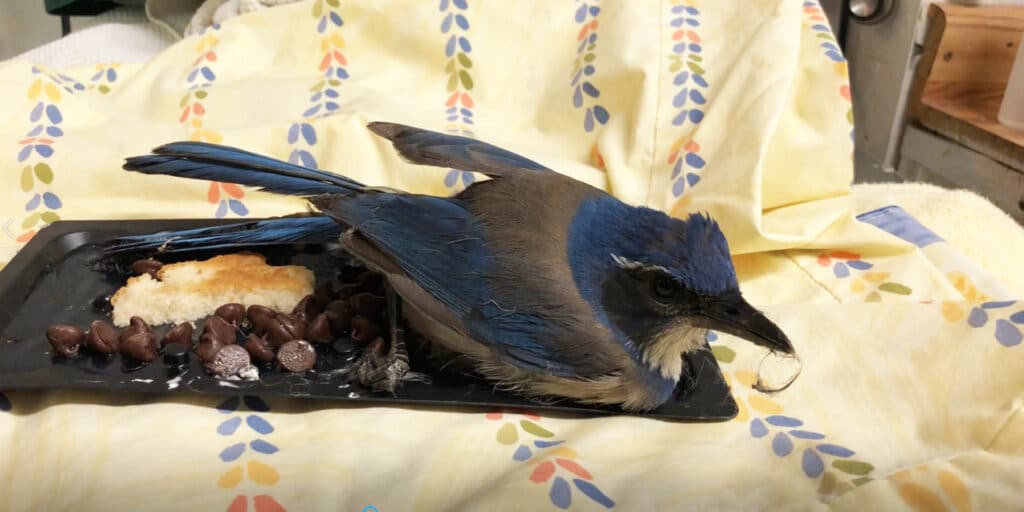

How (Not) to Get Rid of Voles
Never use rodenticide (poison)!
- Some are brightly colored and contain tasty flavorings, which may attract young children, pets, and wildlife, putting them at risk of accidental poisoning.
- Once the vole eats the poison, anything that eats it will also ingest the poison. This creates a secondary risk to pets and wildlife. WildCare reports that 76% of raptors and other rodent-consuming wildlife brought into their facility have tested positive for secondary rodenticide poisoning, which causes a slow and painful death.
- There are some eco-friendlier baits but voles won’t die unless the bait is their only source of food. Since voles eat so many things, these baits are rarely your most effective option.
Never use glue traps!
- Children, pets, songbirds, and other wildlife can get stuck to the incredibly sticky surfaces. Learn more about these dangers here.
- If you find a live vole caught in the glue trap, you will have to kill it.
- If you don’t check the trap regularly, a trapped vole may be left to slowly starve to death, or gravely injure themselves in an attempt to get free. Glue traps are cruel so please don’t use them!
Stick with proven solutions
Many “solutions” you can find online or on store shelves simply don’t work.
- There is no evidence that repellents intended to frighten or annoy the voles (e.g. sonic repellents) are effective.
- The protection of repellents like capsaicin or thiram (a fungicide) is too short-term and limited to be recommended. If you try these products, be sure to read the label carefully.
- Releasing poisonous gas into their tunnels or flooding them with water does not work. Vole burrows have too many entrances and exits.
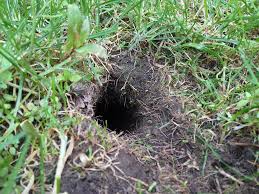
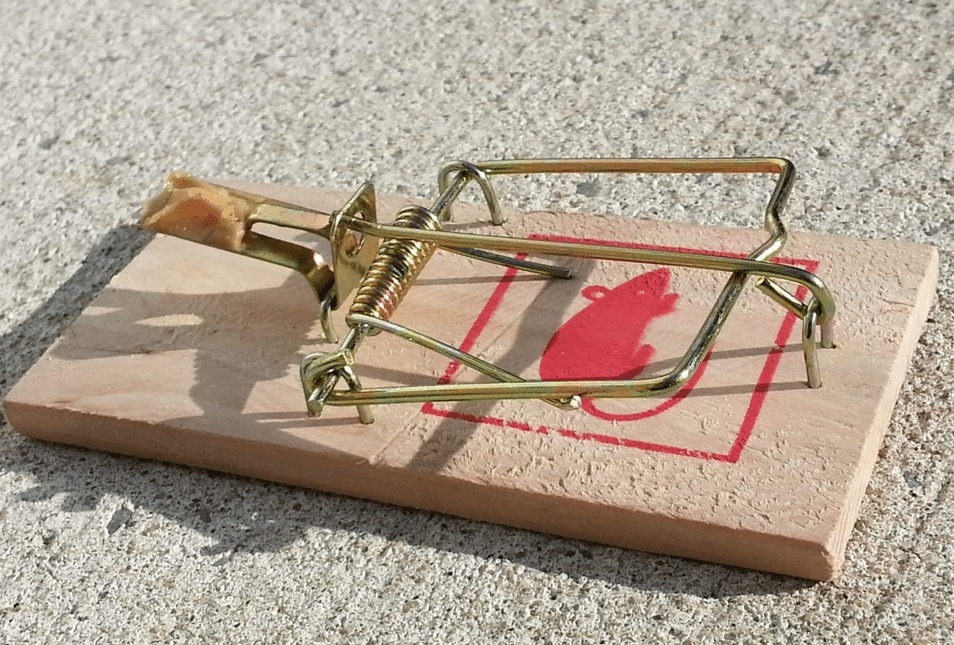
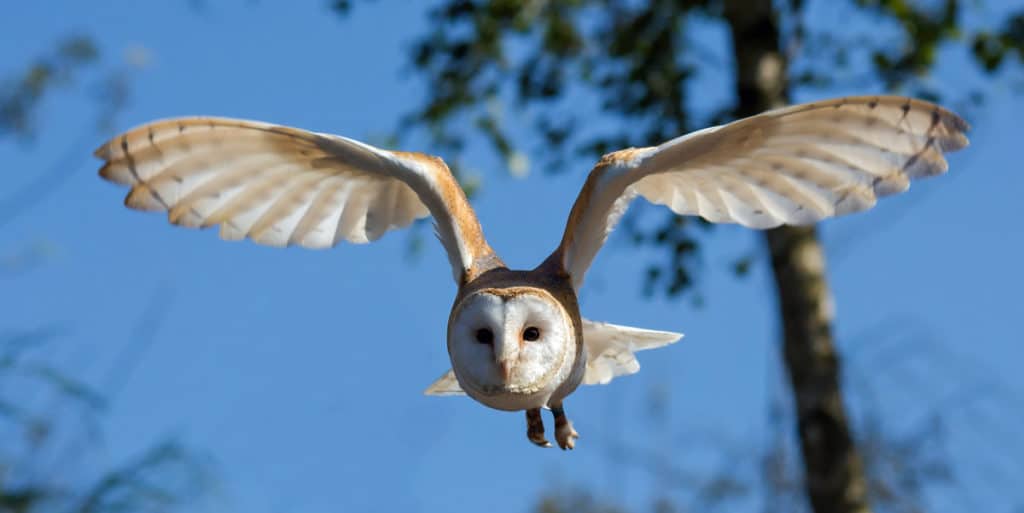
The Best Ways to Get Rid of Voles
To manage voles, we recommend:
- Have you implemented all of our preventative measures? Making these changes to your garden may be sufficient to encourage voles to find a more welcoming environment.
- Snap traps intended for mice are an effective and humane way to kill voles. Always wear gloves and use caution when handling dead rodents.
- This video illustrates how to do the “apple sign test” to determine if a vole burrow is active and should be an area of focus for your traps.
- This video illustrates proper trap placement for voles that are tunneling in the lawn. To encourage your lawn to recover from vole damage, rake out any dead grass.
- This video illustrates how to identify vole holes in a planting bed and discusses the importance of covering traps with a bucket or nursery pot. Voles feel more comfortable feeding under safe cover – plus this keeps children, pets, birds and other wildlife safe from the traps.
- Raptors are great natural rodent control! Encourage these predators to live nearby by hosting an owl nesting box or installing a raptor perch on your property.
Have more questions about voles or other rodents? Watch a recording of our webinars on the subject:
- “Keeping Rats & Mice Out!” in partnership with Our Water Our World and UC Marin Master Gardeners.
- “The Best Ways to Manage Rats” in partnership with UC ANR and WildCare
And remember: if you have a vole problem, chances are your neighbors do too! A coordinated approach to their management will be most successful. Contact YardSmartMarin if you’d like us to present information to your HOA or other neighborhood organization.